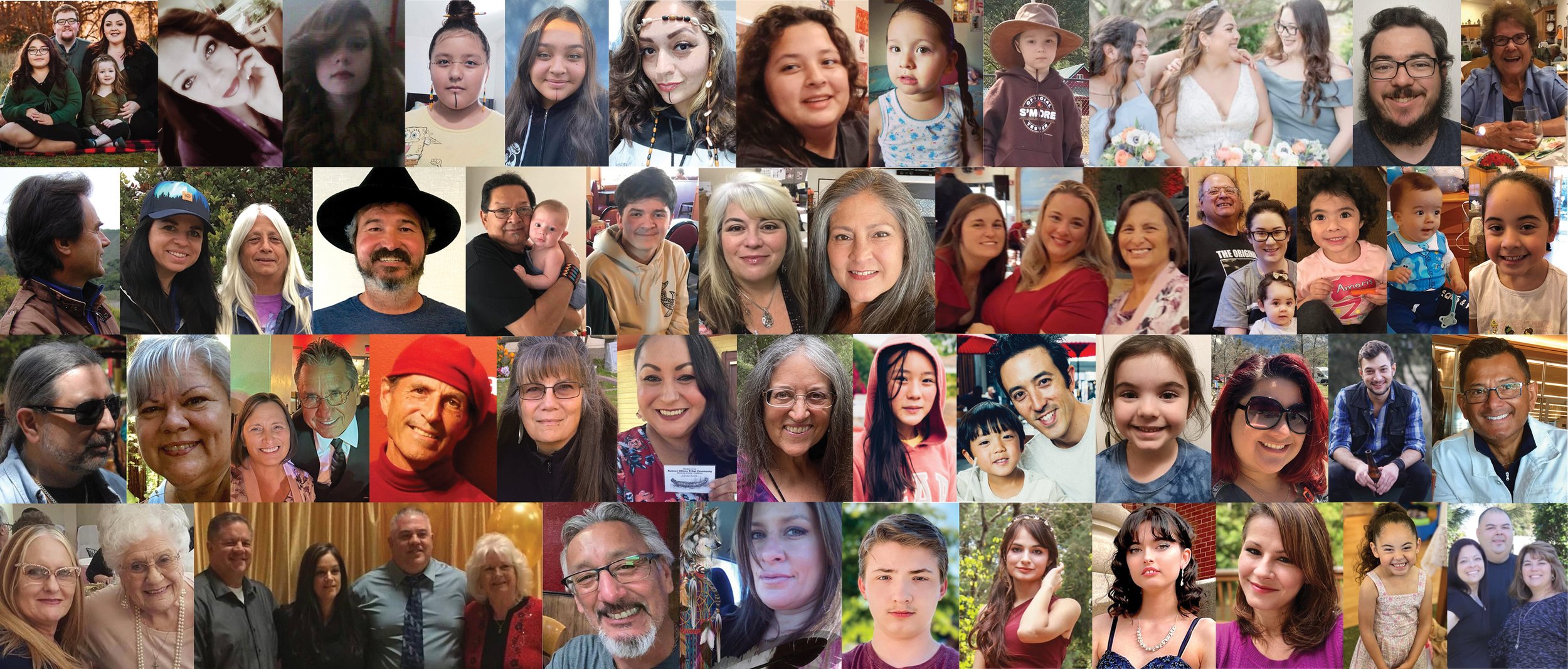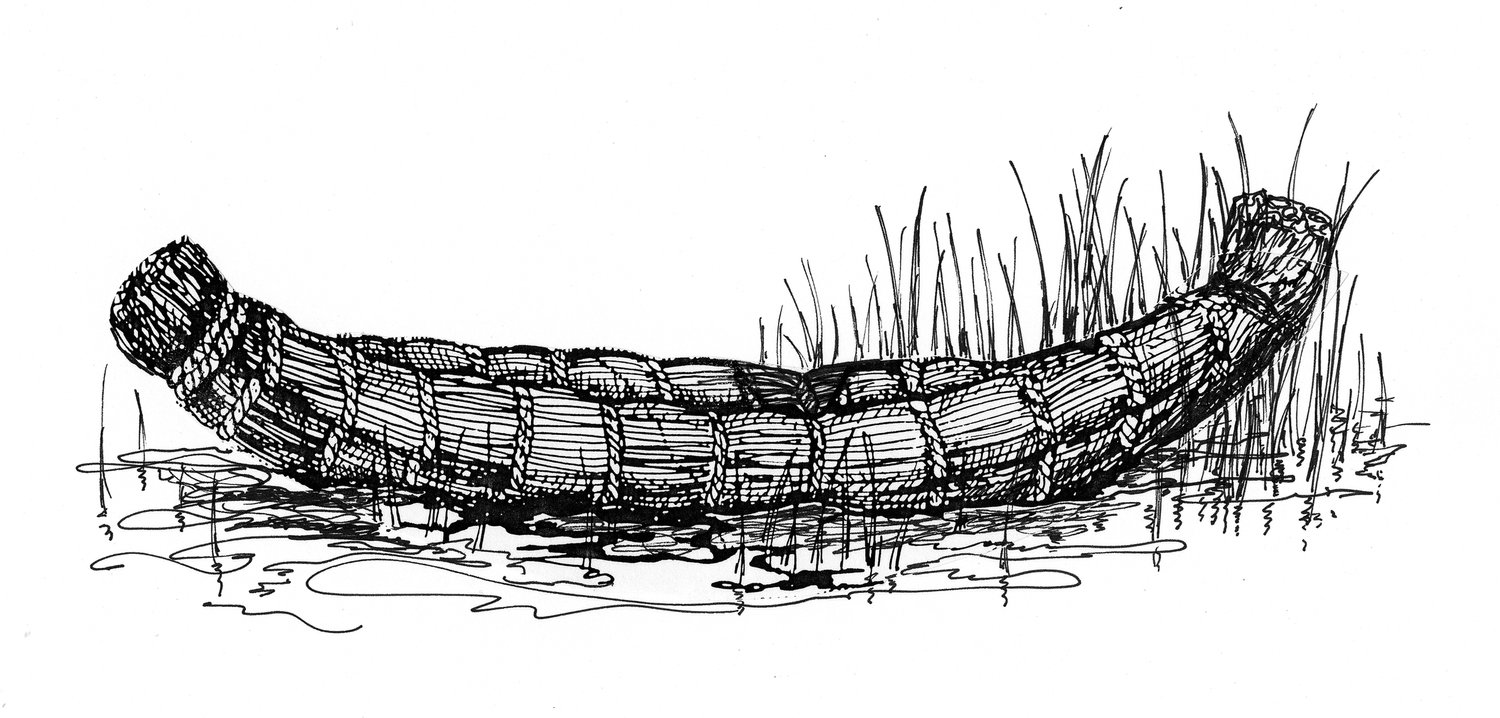
Members of the Rumsen Ohlone Tribal Community are verified lineal descendants of Rumsen Ohlone people indigenous to the lower Carmel River Valley, Monterey, and neighboring coastline to the Point Lobos area. As a tribal entity, our five affiliated ancestral villages were: Achista, Tucutnut, Ishxenta, Echilat and Shokronta, all under the leadership of a single captain. In 1770, when the Spanish came to Monterey, Tatlun was the Rumsen captain.
Rumsen language was also spoken over a broader geographic area that encompassed Moss Landing, Salinas, Highway 68, and southward along the coast to today’s Andrew Molera State Park. These peoples comprised several other small, multi-village tribal groups, each with its own leader. Congenial descendants of all Rumsen speaking peoples are welcome to join the Rumsen Ohlone Tribal Community, pending verification of Rumsen heritage.
Family lineages represented by our membership include: Margarita (Butrón), Onésimo, Onésimo/Peralta, Onésimo/Meadows, Viviana Soto and Jacinta Gonzales.
Who We Are
The early Spanish colonizers referred to the indigenous peoples living along the southern and central California coast as “costeños,” meaning “coastal people.” In English, the term eventually became “Costanoan” and was used by linguists to identify the people living in the San Francisco and Monterey Bay regions whose languages were very similar and clearly related.
Today, most descendants prefer to identify themselves as Ohlone. This term very likely derived from the native village of Oljon, located on the San Mateo coast. However, variations of this term have been found in mission records and in early ethnographic literature, making a single origin uncertain. As used today, the terms Ohlone and Costanoan are interchangeable, but “Costanoan” is considered somewhat antiquated. “Rumsen Ohlone” designates Ohlone people of Rumsen heritage language.
Ohlone vs Costanoan
You may encounter these two alternate spellings: Rumsen and Rumsien. These variant spellings are found in early written documents such as Franciscan mission baptismal records, the journals of early Spanish and other European visitors to coastal California, late 18th century/early 19th century ethnographic writings, maps, and museum exhibits.
